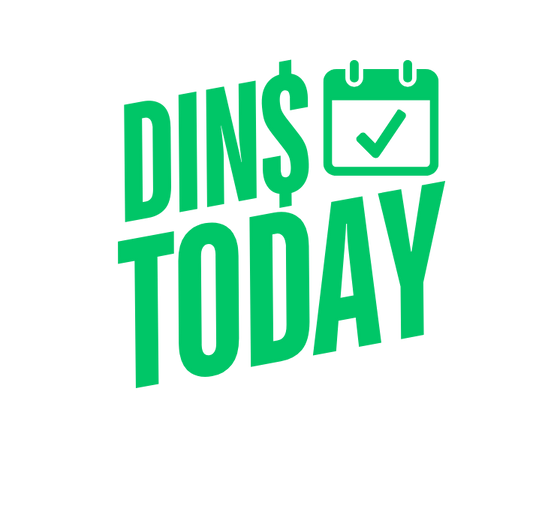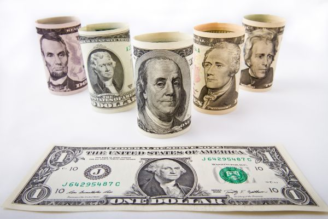Interest rates in April 2025: what is the projection for the month?
Find out the latest interest rate trends for April 2025 and what the Federal Reserve’s projections could mean for your wallet.
Understand the projection of interest rates in april 2025

If you’ve been following the economy lately (or even if you haven’t and just felt your credit card APR creeping up), you’re probably wondering: what’s going on with interest rates in April 2025? Should we be worried, hopeful, or just really confused?
Let’s break it all down in plain English, with no boring financial jargon. We’re going to talk about what’s happening, why it matters, and what might come next whether you’re buying a house, paying off student loans, or just trying to survive this economy.
Where Are We Right Now?
As of early April, the Federal Reserve’s benchmark interest rate is holding steady around 4.3%. That’s relatively high if you compare it to where we were a few years ago, but it’s not the worst we’ve seen. What matters now is what’s coming and that’s where things get tricky.
There was a lot of chatter at the beginning of the year about possible rate cuts. After all, inflation had cooled a bit, and the job market was still strong. But then… tariffs happened.
What’s the Deal With Tariffs?
If you missed it, President Trump announced new tariffs that raised import taxes to an average of 27%. Yep, that’s a huge jump from the previous 2.5%.
The idea behind these tariffs is to protect American-made products, but they also make imported goods way more expensive and guess who ends up paying for that? Yep, all of us.
These price hikes could drive inflation back up, and that’s making the Federal Reserve super cautious. Jerome Powell, the Fed Chair, even said recently that the economic impact of the tariffs is turning out to be more serious than expected.
Why Should You Care About Interest Rates?
Good question. The Fed’s decisions might feel far away from your day-to-day life, but they affect a lot of stuff that hits your wallet.
When rates are high:
- Mortgages are more expensive. So if you’re trying to buy a home, you might need to rethink your budget.
- Credit card interest goes up. That balance you’ve been carrying just got pricier.
- Loans get tighter. Whether it’s a personal loan or auto financing, higher rates make borrowing more costly.
On the flip side, if you’re a saver, interest-bearing accounts like CDs or high-yield savings might give you better returns right now. So it’s not all bad — but let’s be real, most of us are borrowers, not investors.
What’s the Fed Thinking for the Rest of April?
Here’s where it gets interesting. Markets had been betting on at least two rate cuts in 2025, starting around this spring.
But after the recent spike in tariffs and the stock market reacting like a roller coaster on a bad day, expectations have cooled off.
In fact, Powell hinted that the Fed will likely wait things out for a bit. They’re watching to see how the tariffs play out and what the next inflation reports look like. In other words, don’t expect a rate cut this month even though a lot of people were hoping for one.
As of now, the Fed’s strategy is basically: wait, watch, and don’t mess things up.
How This Impacts You — and What You Can Do
If you’re planning any big financial moves like buying a car, refinancing a home, or launching a small business April might be a good month to pause and reassess.
With uncertainty around rates and tariffs, it’s smart to run the numbers twice and talk to a financial advisor if you can.
Also, if you’re carrying high-interest debt, this might be a good time to look into balance transfers or consolidation options.
Locking in a lower fixed rate now could save you serious money if the Fed doesn’t ease up anytime soon.
And if you’re investing? Expect volatility. The markets have been jittery ever since the tariff announcements, and things may stay unpredictable for a while. Staying diversified and keeping your cool is key.
Final Thoughts
We get it talking about interest rates isn’t exactly thrilling. But in 2025, it’s more important than ever to understand how they shape your financial life. From the prices of groceries to your mortgage payments, these little percentage points pack a big punch.
If you’re ever wondering what’s happening with interest rates, inflation, or just trying to make sense of the Fed’s decisions, you can always check out.
Until next time, hang in there, stay smart with your money, and remember: knowledge is your best financial tool.





